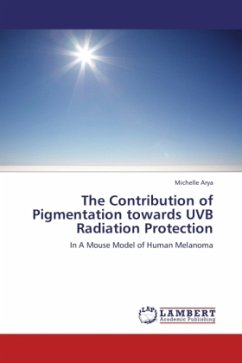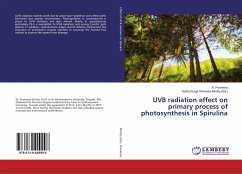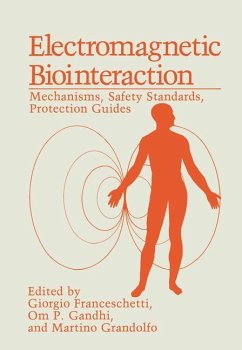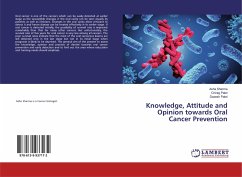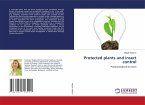Ultraviolet B (UVB) radiation is the component of sunlight that damages DNA. Red-haired people are especially vulnerable to the damaging effects of UVB due to the low content of eumelanin in their skin. Accumulated damage from UVB can lead to skin cancer. A transgenic strain of mouse containing an inducible melanogenesis system was used to investigate the mechanism of protection of eumelanin. Melanogenesis in this murine model can be induced by the application of the diterpene, forskolin to the epidermis. Forskolin increases eumelanin protection by inducing the expression of cAMP, which then upregulates the expression of melanogenic genes. To assess the protection afforded by eumelanin to the epidermis, transgenic mice were exposed to varying doses of UVB in the presence or absence of forskolin induced melanin. DNA damage was assessed by immunohistochemical staining for cyclobutane pyrimidine dimers. Vehicle treated mice and albino mice showed thymine dimer formation at 20 and 50mJ/cm^2 of UVB. Forskolin treated and black-skinned mice showed no thymine dimer formation at these doses. These results indicate direct UVB protection by eumelanin through a light filtering process.

